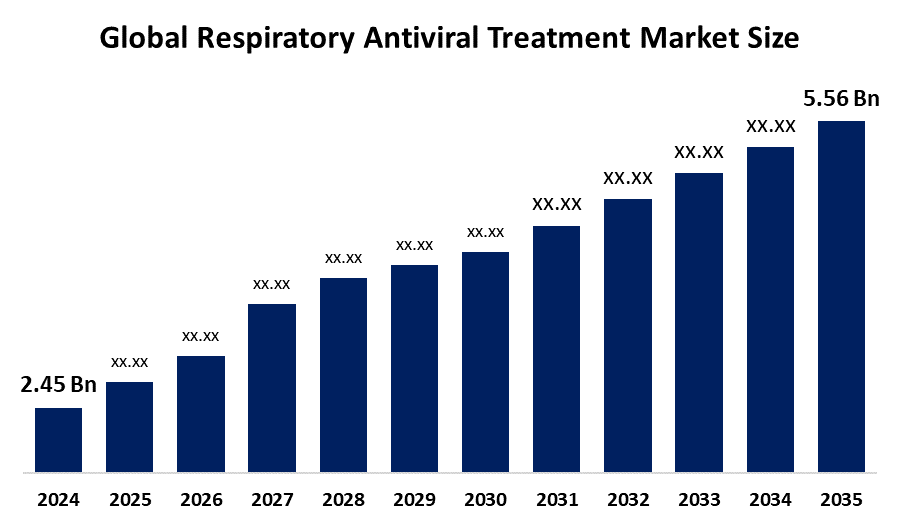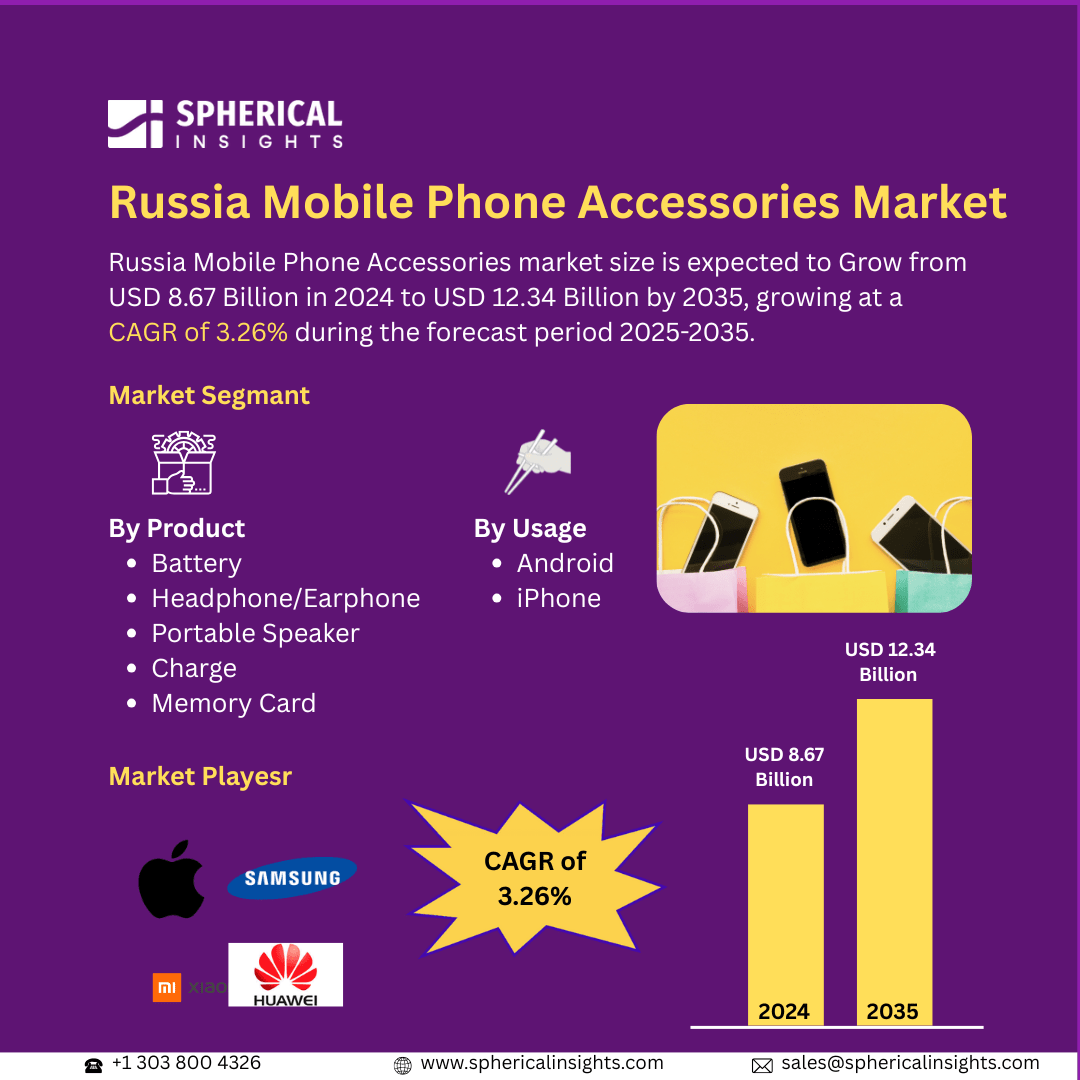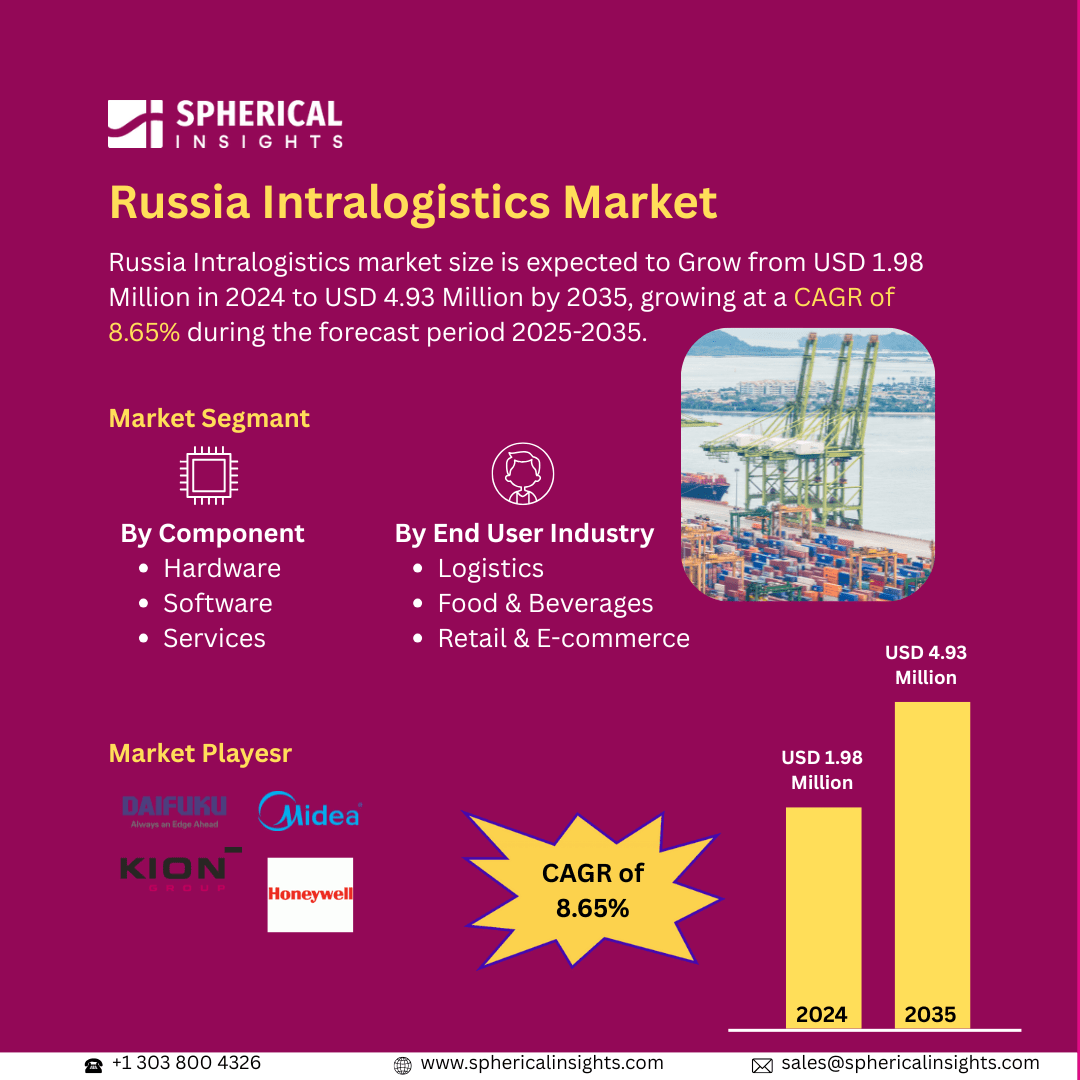Global Market Forecast and Revenue Outlook
- 2024 Market Size: USD 3063.7 Million
- 2035 Projected Market Size: USD 92487.9 Million
- CAGR (2025-2035): 36.31%
- North America: Largest market in 2024
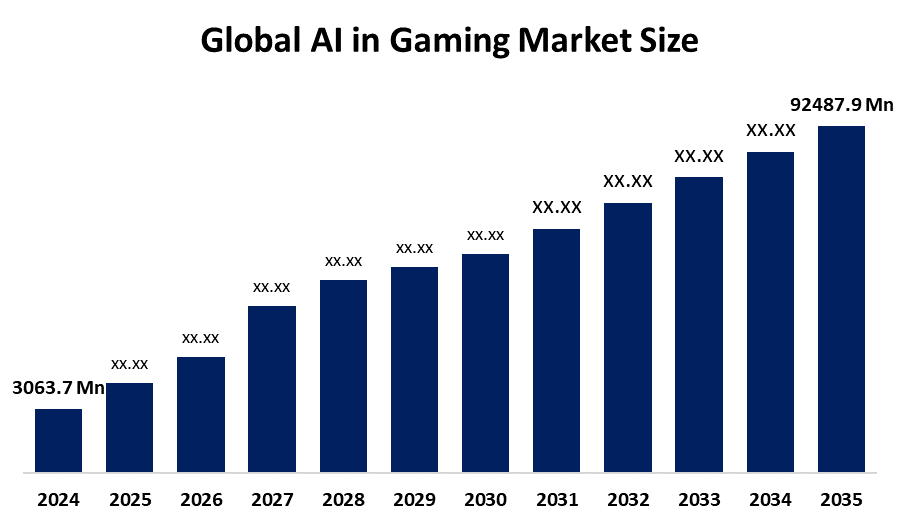
AI in gaming represents the use of artificial intelligence methods to enhance gameplay and game development processes, which includes improvements to player experience and game design, along with content creation and NPC behaviour. The AI in the gaming market experiences tremendous growth because technological advancements enhance both performance and user experience. The combination of deep learning super sampling (DLSS) with AI-based rendering and procedural content generation enables visually appealing games to operate smoothly on less powerful computers. AI developments create better accessibility, which draws both casual players and dedicated gamers toward gaming experiences. AI improves gameplay through natural language processing, variable difficulty, and intelligent NPCs to create personalised immersive experiences. AI answers gamer requests for responsive and realistic game environments by generating dynamic worlds that provide intelligent responses and enhanced storytelling. The fusion between performance and personalisation through AI technology has attracted players from all corners of the globe into AI-integrated games.
AI plays a vital role in gaming by both advancing gameplay and speeding up development processes while creating fresh business prospects. Through the automation of complex tasks such as animation, quality testing, and environment design, AI cuts down production time while reducing costs, which lets developers pursue creative breakthroughs. AI receives additional power from cloud computing, which enables sophisticated AI operations to run without overloading local hardware, thus supporting advanced gameplay mechanics on basic computing systems. AI-driven analytics boost the performance of game monetisation, together with matchmaking and user retention strategies. The continuous growth of mobile and online multiplayer gaming drives momentum because AI systems handle massive real-time ecosystems while providing uniform personalised experiences across multiple platforms.
Game Insights
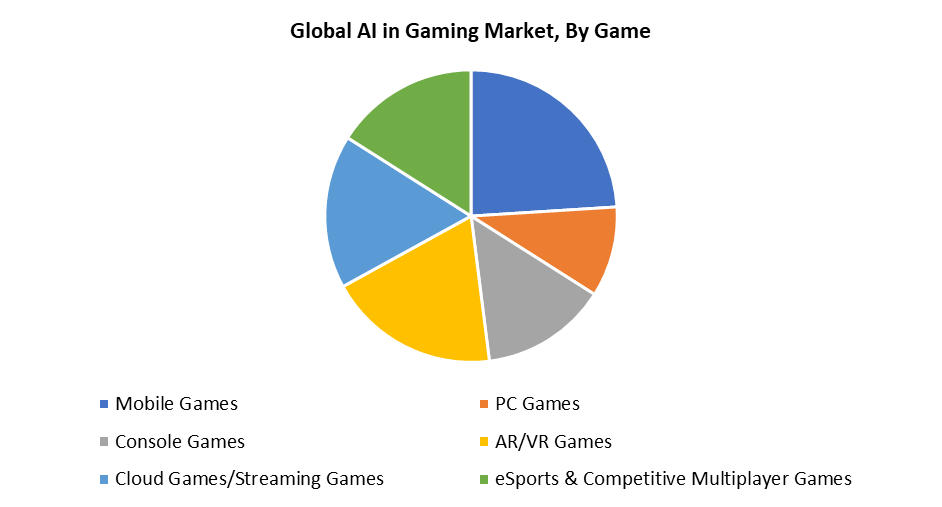
The mobile games segment achieved the highest market revenue share of 24.7% in 2024 because AI technologies improved gameplay, together with user engagement. Mobile hardware advancements have made it possible to advance AI functions which deliver adaptive difficulty, along with realistic NPC behaviour and personalised in-game experiences. Through AI-driven analytics, businesses achieve better monetisation by customising offers and advertisements to individual user behaviour, which leads to increased revenue under freemium models. AI enhances game performance by automatically adapting graphics and physics settings based on device capabilities, which maintains smooth gameplay across diverse user devices. The development process becomes faster because AI generates content automatically and performs testing operations. Mobile gaming continues to lead the market because of these factors, together with the worldwide expansion of smartphone usage.
The AR/VR games segment will experience the fastest growth during the forecast period because of its ability to deliver highly engaging and interactive gaming experiences. AI enhances the realism by delivering responsive environments alongside intelligent NPCs and adaptive narratives which react to players' choices and feelings. Players engage more deeply in the game because of the realistic simulations together with customised narratives. Through its advanced capabilities, AI enhances AR/VR social and multiplayer features by providing seamless communication in shared virtual spaces. AI-powered gesture recognition, along with real-time tracking, improves sensory immersion, which leads to games becoming more engaging and intuitive. The industry shows strong potential for growth because AR/VR technology will become more common while AI capabilities advance.
Application Insights
The non-player character (NPC) behaviour modelling segment led the market in 2024 because developers needed realistic, adaptable, and emotionally responsive game characters. The advancements in artificial intelligence have transformed NPCs into active entities which acquire knowledge from player engagements and deliver context-sensitive dialogue, and adapt their actions based on environmental circumstances. This innovation fosters better immersion by allowing players to establish deeper emotional connections while experiencing personalised and unexpected narrative paths. AI-driven NPCs bring efficiency to development through automated scripting of behaviours and dialogues, which leads to reduced costs and increased replay value from diverse player experiences. Realistic and narrative depth-focused games depend heavily on intelligent NPC behaviour, which remains essential for maintaining player engagement and long-term retention.
The speech and voice recognition for commands segment is expected to experience the fastest CAGR during the projection period because of the increasing popularity of AR, VR and mixed reality games, which use voice as a natural input method. The ability to control games through voice commands enhances both accessibility and gameplay immersion by permitting hands-free operation while enabling players with physical limitations to participate more fully. The integration of accurate real-time voice commands in games depends on the progress of speech-to-text (STT) and natural language understanding (NLU) technologies, which receive their power from Microsoft Azure and Google Cloud services. Voice-controlled NPCs, along with AI-powered voice avatars, boost emotional involvement and enable more human-like communication. The growing market size indicates a broader trend toward creating gaming environments which are accessible to all while being immersive and technically advanced.
Regional Insights
The North American global AI gaming industry dominated globally in 2024 by generating 33.57% of its revenues due to its advanced gaming sector and sophisticated technological environment. The region's fast adoption of AI in game production stems from substantial research and development investments and numerous top-tier game development studios, along with strong infrastructure. AI development at MIT and Stanford universities, together with Microsoft and Google technology giants, advances both development efficiency and personalisation and gameplay experiences. The wide adoption of AI becomes feasible because gaming exists across multiple platforms such as PC, console and mobile devices. The leadership of North America in AI-driven gaming innovation derives from its position as a first-mover in consumer technology adoption, together with its flourishing developer network and venture capital investment.
Europe AI in Gaming Market Trends
The European AI gaming market experiences continuous expansion because game production emphasises innovation alongside research and technological development. The European gaming industry benefits from national investments in professional game education and talent development, which speeds up artificial intelligence implementation. The area hosts multiple independent developers and creative studios that utilise AI for development cost reduction and creativity expansion. The strict legal frameworks of Europe grant competitive advantages through their support of data privacy, together with intellectual property protection and ethical AI deployment. The comprehensive approach establishes a sustainable gaming industry which enables creators to implement innovations with legal and ethical compliance standards.
Asia Pacific AI in Gaming Market Trends
The Asia Pacific AI in Gaming Market Size is projected to grow at the fastest CAGR during the forecast period due to the massive population of technology-oriented gamers and growing mobile gaming adoption through affordable smartphone pricing and low-cost data services. The region's position at the forefront of cloud gaming, augmented reality, and virtual reality creates increasing demand for AI-driven immersive experiences. The rapid technological advancement occurs because major game developers that heavily invest in AI research operate from China, South Korea, and Japan. AI adoption receives additional momentum through the booming esports industry and widespread gaming culture, which delivers enhanced gameplay and viewing experiences. AI innovation finds support through government-backed technology initiatives and startup funding programs, which position Asia Pacific as a global leader in gaming development.
Key AI in Gaming Companies:
The following are the leading companies in the AI in gaming market. These companies collectively hold the largest market share and dictate industry trends.
- NetEase, Inc.
- Google LLC
- Microsoft
- Baidu, Inc.
- NVIDIA Corporation
- Zynga Inc.
- Ubisoft Entertainment SA.
- Epic Games, Inc.
- Tencent Holdings Limited
- Sony Interactive Entertainment
- Others
Recent Developments
- In January 2025, NVIDIA unveiled NVIDIA ACE, an AI system that greatly increases game realism and engagement by producing autonomous game characters that can see, plan, and behave similarly to human players. In popular games like PUBG: Battlegrounds and Naraaka: Bladepoint Mobile PC Version, ACE enables dynamic companions and adaptable enemies through the use of sophisticated tiny language models and non-player character (NPC) behaviour modelling. More intelligent NPCs in these games improve user experiences and present new chances for game producers worldwide, ushering in a new era of gaming.
Market Segment
This study forecasts revenue at global, regional, and country levels from 2020 to 2035. Spherical Insights has segmented the AI in gaming market based on the below-mentioned segments:
Global AI in Gaming Market, By Game
- Mobile Games
- PC Games
- Console Games
- AR/VR Games
- Cloud Games/Streaming Games
- eSports & Competitive Multiplayer Games
Global AI in Gaming Market, By Application
- Non-Player Character (NPC) Behavior Modeling
- Game Testing & Quality Assurance Automation
- Procedural Content Generation
- Speech & Voice Recognition for Commands
- Cheat Detection & Fraud Prevention
- Player Behavior Prediction & Personalization
- Others
Global AI in Gaming Market, By Regional Analysis
- North America
- Europe
- Germany
- UK
- France
- Italy
- Spain
- Russia
- Rest of Europe
- Asia Pacific
- China
- Japan
- India
- South Korea
- Australia
- Rest of Asia Pacific
- South America
- Brazil
- Argentina
- Rest of South America
- Middle East & Africa
- UAE
- Saudi Arabia
- Qatar
- South Africa
- Rest of the Middle East & Africa
